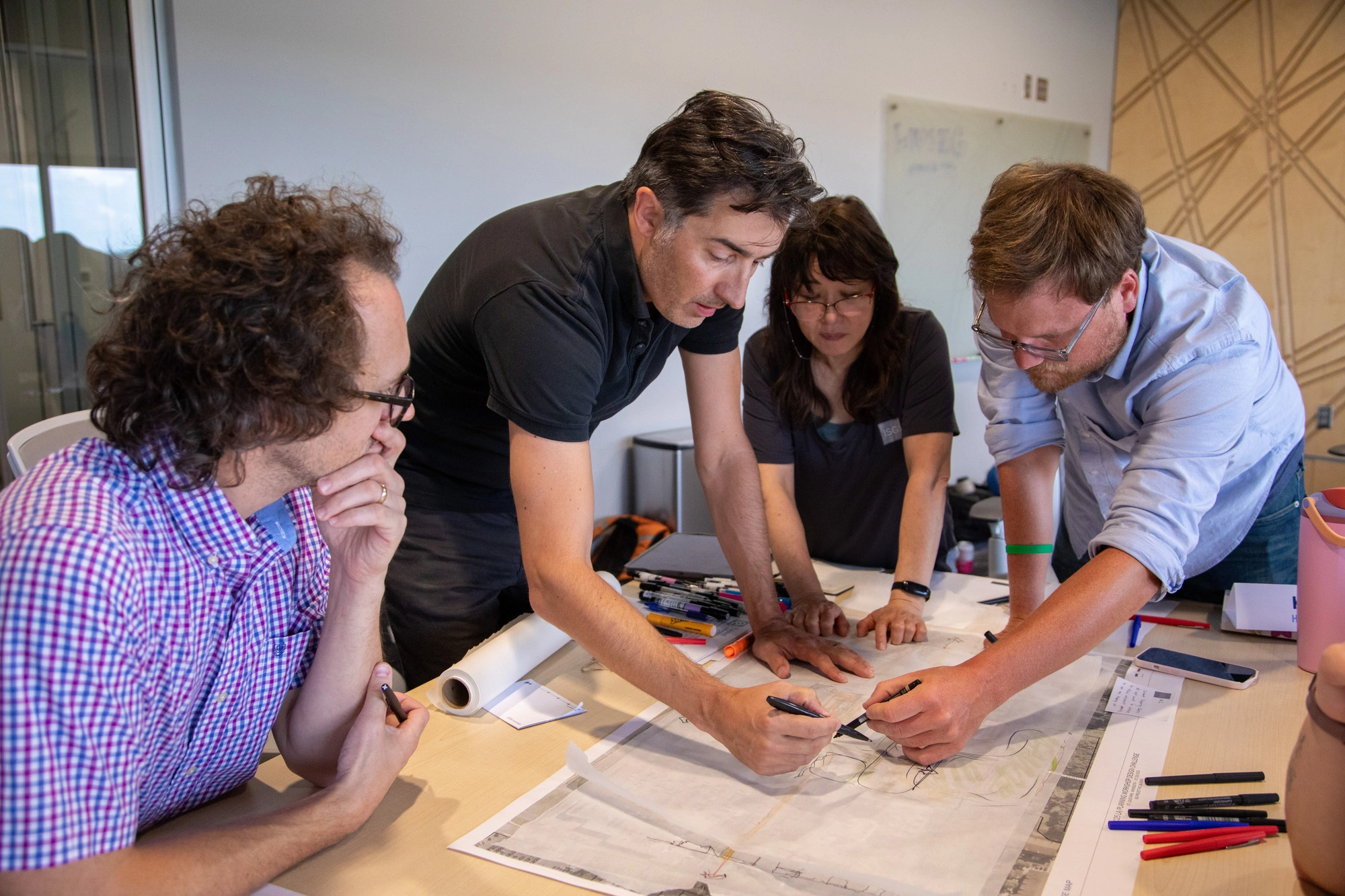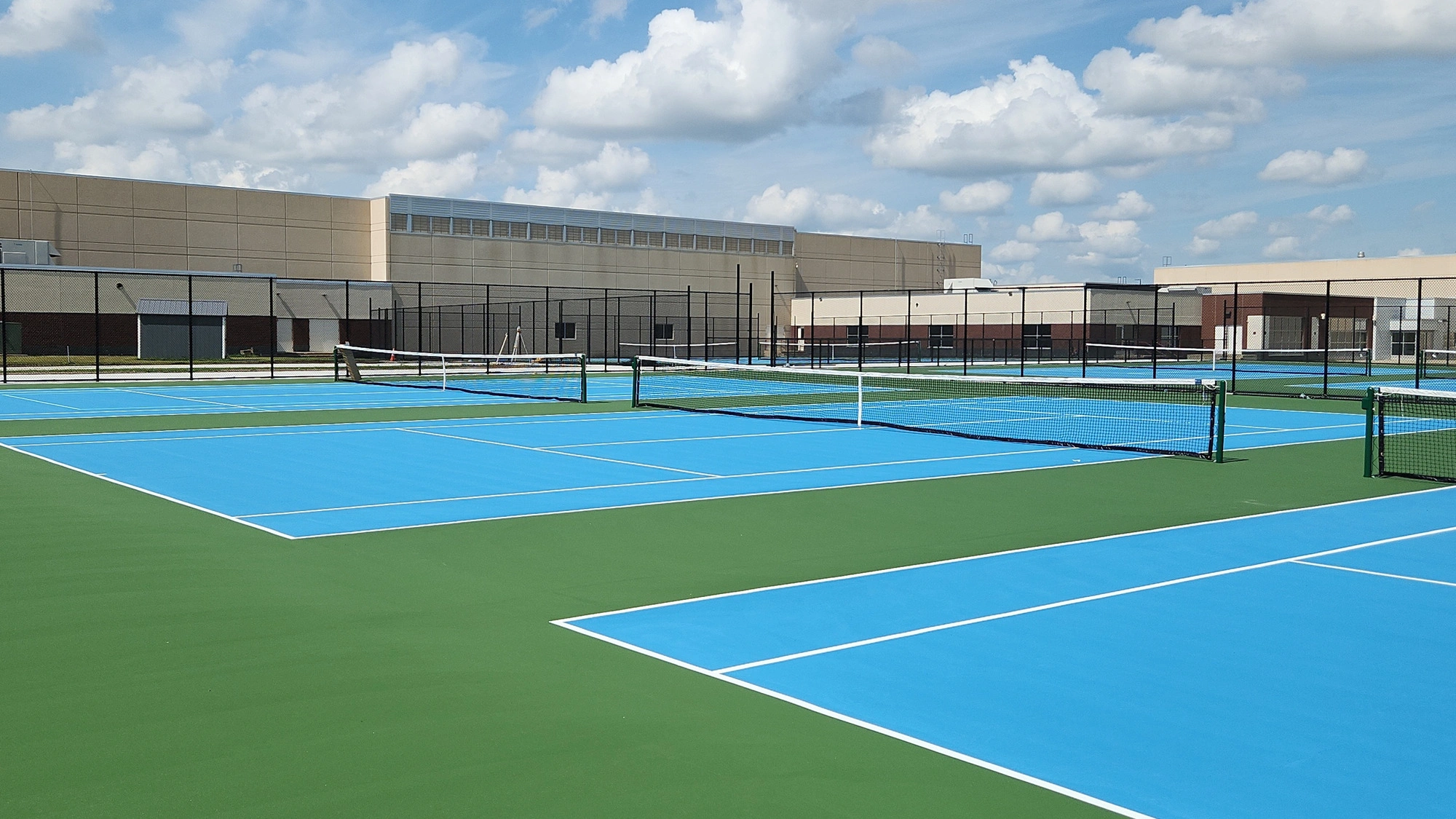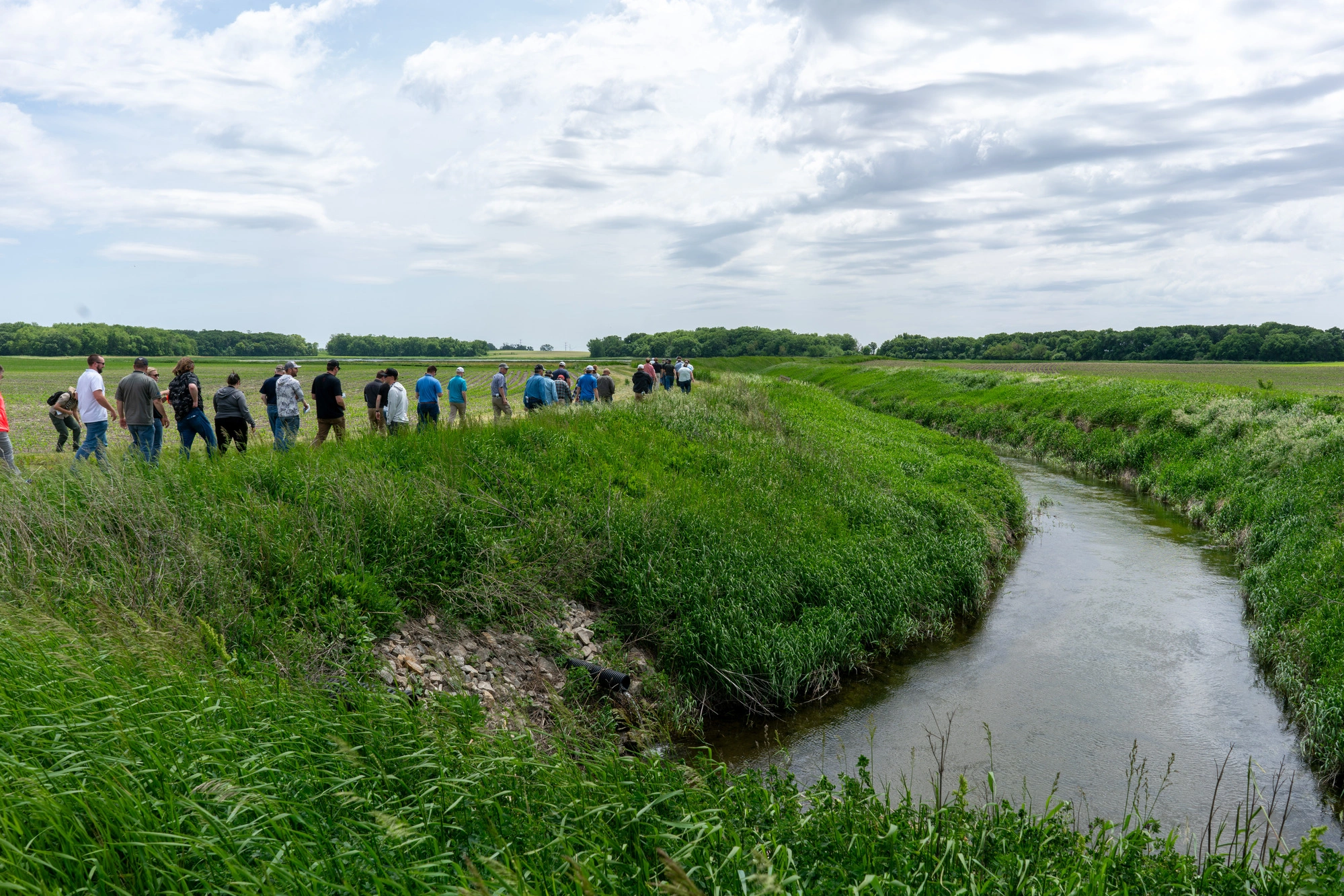Production Indoor Air Quality Dependent on High Performance Systems
Food + Industrial Production Indoor Air Quality Dependent on High Performance Systems
The air we breathe is essential to our quality of life. Still, how often do we think about air quality? Do you know how air is affecting your food production plant, the quality of your output, and your workers? In today’s food production facilities, air quality and the way it moves through the space is critical in a myriad of ways. ISG engineers have demonstrated experience and a deep understanding of Indoor Air Quality (IAQ) issues and the conditions that can lead to them. Using a phased diagnostic approach, our team investigates the relationship between IAQ goals, heating, ventilation, and air conditioning (HVAC) systems, and the facility structure to provide cost-effective options for improvement.
To develop the optimal design for food production facilities, ISG begins with an Indoor Air Quality (IAQ) assessment, measuring the temperature, humidity, and volume, all playing a role in production and operations. How air is entering and exiting the facility is also considered, as proper air filtration limits the dust, debris, and particulate from entering your processing rooms. ISG clients have experienced a significant improvement in maintaining clean, dry air entering processing spaces by implementing stainless steel construction with direct drive fans, properly sequenced heating and cooling sections, and wash-down duty components. Other considerations such as pre-filters to protect the final filters, draw-through cooling coils to eliminate final filter wetting, removal of belt dust and efficiency loss, multiple speed operation for dry out, pressure control, and others are paramount in ensuring proper conditions in processing spaces during operation. Installing Air Handling Units (AHUs) in the correct roof location helps to avoid the intake of contaminants from sources such as loading docks and process discharges. Regional challenges should also be considered, as proper elevations and curb heights prevent snow drifts from blocking intakes in northern geographies.
There are countless air handling design considerations that can help or hinder the performance of food processes and facilities. ISG’s in-house controls and mechanical engineers model and design specific systems to develop cohesive, efficient facilities. Creative, simplified solutions include the integration of air handler controls with clean-up cycles to help limit fogging during wash downs, ensure the units return to production mode once Clean-in-Place (CIP) is complete. Automating the process eliminates human error from the air equation, reduces the likelihood of contamination, and improves the energy efficiency of utilities to heat and cool the air. The use of programmable logic controllers (PLCs) and variable frequency drives (VFDs) automates the air handling systems to ensure the air volume doesn’t drop off as filters load, keeping proper space pressurizations uncompromised.
Air surrounds every worker, machine, and product in your plant—carrying allergens, contaminates, pathogens, moisture, and heat. Are you confident in your facility’s air handling system to maintain a clean and comfortable processing facility? Boost your system and your confidence through the broad range of mechanical, electrical, and HVAC services ISG offers—bringing you and the customers you serve, peace of mind.





Related Articles

.webp)
ISG Recognized as a 2025–26 Emerging Professional Friendly Firm for the Fourth Consecutive Cycle
ISG has been honored as a 2025–26 Emerging Professional Friendly Firm by AIA chapters in North Dakota, South Dakota, Wisconsin, and Minnesota in recognition of its commitment to fair compensation, licensure support, mentorship, and growth for early-career architects.













